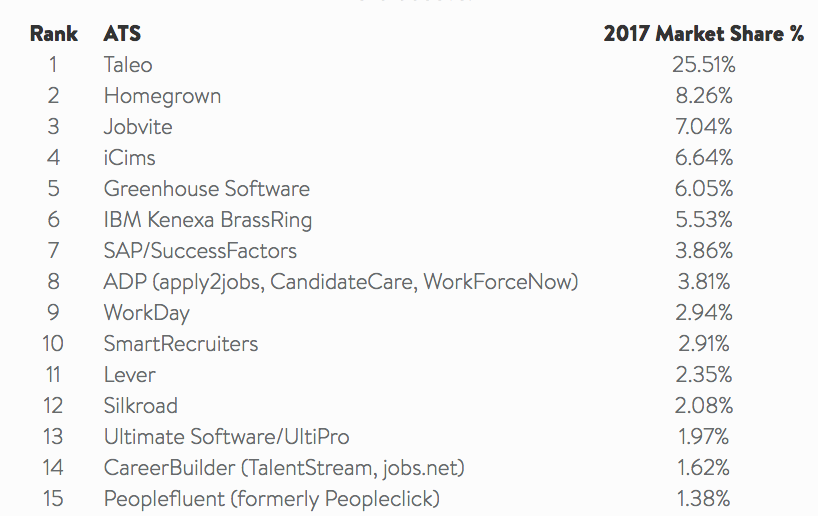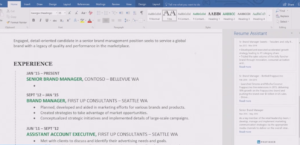Okay, first let me say, I love Google for Jobs, mostly. Please, Google, don’t end my online life or anything! Remember, Don’t Be Evil! Okay, I know it’s now “Do the Right Thing!”
So, Google for Jobs (GFJ) was started with the best intentions to help candidates find jobs easier. Simple. Candidates want to know where the job is located. Cool! GFJ says to put the ‘exact’ address in your job posting. Okay. Candidates want to know how much a job pays. Cool! GFJ says to put the salary range of your job into your job posting. Got it.
Candidates want to apply for a job with one click. Okay, I’m not sure how I’m going to make that happen with this dinosaur of an ATS I’m running, but gosh darn it, we’ll find a way GFJ! Done!
Candidates want to work for companies with excellent reputations. Oh, okay. So, now we have to worry about and manage our online reputation on sites like Glassdoor, etc. Ugh, okay. But what about people who are lying on these sites? GFJ doesn’t care, candidates want this, so it’s going into the algorithm.
Okay Google, I’ll do it. I’ll do it because I want your candidate traffic. I’ll jump through your hoops, just like we used to make candidates jump through our hoops. You win almighty and powerful Google!
Wait, what? You, GFJ, want to allow Candidates to now choose how they apply for a job via a drop-down list of places that are all showing the same job? Now, wait just a god damn minute Google! So, a candidate finds my job on Google for Jobs that was listed there by CareerBuilder, but you will let that candidate apply to the job by just selecting “Monster” or “Career Page” or some other site which they didn’t find the job from?
Yeah, that’s happening, folks. Google for Jobs just discovered a major way to screw up your “Source of Hire” metrics! You might be investing major dollars in a certain site(s) to post your jobs. Google will scrap and find those jobs. If they’re duplicate, it will list the job that most highly fits its algorithm, but then it gives the choice of how to apply back to the candidate.
That sounds nice and everything, but it majorly screws up actual Source of Hire metrics for employers. If your job postings on CareerBuilder are working great, you want to see that candidate come through CareerBuilder, or whatever site the candidate actually found the job from. Here’s why. Candidates always think that applying for a job on the company’s career site somehow gives them a magical leg up on getting hired.
It’s not true, but we love to think it actually works. Google thinks this gives candidates choice to apply on the site that’s easiest for them to apply, but in reality, all that will happen is we’ll all see “Source of Hire – Company Career Page” shoot through the roof and think somehow we’ve really gotten a better at our career site hires!
You haven’t. It’s just Google screwing with your metrics, and not in a good way for any one – candidate or employer.
If ‘perceived’ applicants go up via company career page, you will invest less in other sources, but those are fake metrics! If you invest less in posting in other places, the chances a candidate will find your job will lessen. By Google making this change, they are actually hurting candidates in their ability to easily find your job. Not to mention hurting other vendors in the space for no real reason.
Do the right thing, Google!
Google for Jobs is designed to help candidates. This one change doesn’t help candidates or employers, it hurts both. I’m not sure how that’s good for anyone involved in the industry of job search. Companies actually need to know where candidates are really finding their jobs. Great, they found it on Google, but where did Google find it? That’s actually really important to how we fund our job marketing!
Also, Google please don’t hurt me. This is just one man’s opinion. I’m not even a big man. I have really small hands, and no one even reads this blog. I’ll take it down if you want!


